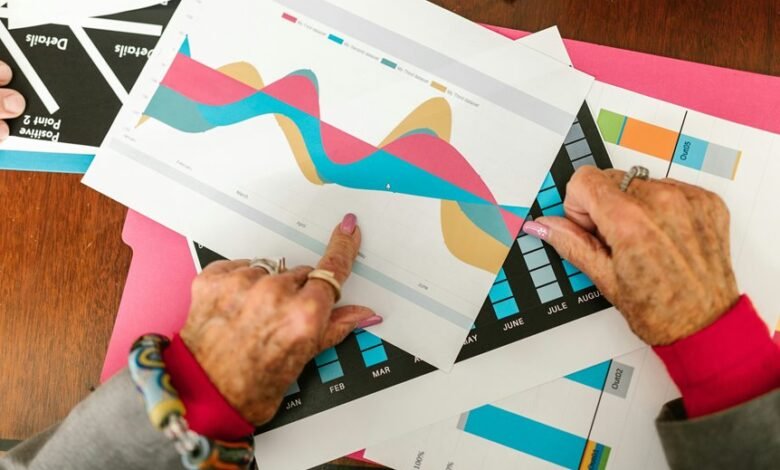Comparative Analysis for 6084098766, 6087163169, 6088295254, 6092455435, 6092701924, 6092831486

The comparative analysis of phone numbers 6084098766, 6087163169, 6088295254, 6092455435, 6092701924, and 6092831486 reveals significant insights into their regional affiliations and usage patterns. The distinction between the prefixes “608” and “609” points to differing geographical origins, likely affecting communication behaviors. Furthermore, variations in the number sequences suggest diverse applications, hinting at underlying consumer preferences. What implications do these characteristics hold for understanding regional telecommunications trends?
Overview of Phone Number Origins and Regions
Phone numbers serve as essential identifiers in global communication, reflecting the diverse origins and regional structures that have evolved over time.
Different countries utilize various phone number formats, often influenced by historical and geographical factors.
Regional dialing systems further emphasize the unique characteristics of each locale, allowing effective communication across borders while illustrating the intricate tapestry of global connectivity.
Usage Patterns and Trends in Telecommunications
How have usage patterns in telecommunications evolved in response to technological advancements and shifting consumer preferences?
Telecom innovations have significantly influenced consumer behavior, leading to increased demand for mobile data and on-demand services.
As consumers prioritize connectivity and instant access, traditional voice services decline in favor of messaging applications and video calls, reflecting a broader trend towards digital communication in an increasingly interconnected world.
Notable Characteristics of Each Phone Number
The evolution of telecommunications has given rise to a diverse array of phone numbers, each characterized by unique features that reflect their intended use and functionality.
Telecommunication statistics reveal differences in number formatting, indicating regional variations and specific user demographics. For instance, the sequences of these numbers suggest potential applications, from personal to commercial, highlighting the importance of understanding their distinct characteristics in modern communication networks.
Conclusion
In summation, the study of these six phone numbers reveals a fascinating framework of geographical identification and usage patterns. The distinct dichotomy between the “608” and “609” prefixes highlights the regional resonance within telecommunications. Moreover, the nuanced nature of each number’s sequence underscores the significance of consumer preferences and practical applications. Ultimately, this comparative analysis illustrates how local legacies shape communication choices, forging connections across varied landscapes while fostering a deeper understanding of regional dialing dynamics.






